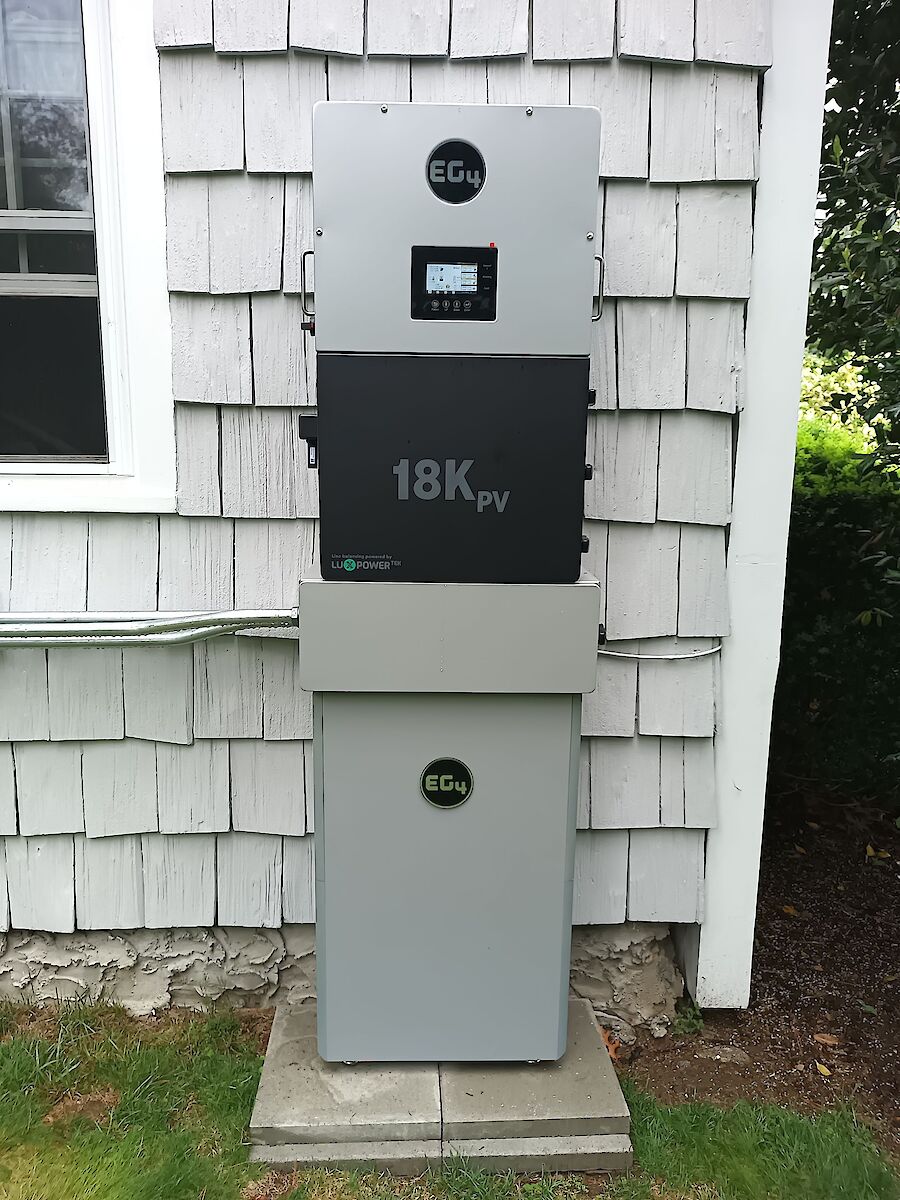Con Edison’s electric rates have skyrocketed — up 11.3% last year alone, with more increases on the way as New York electrifies, builds data centers, and upgrades aging grid infrastructure. Most customers don’t realize they’re silently overpaying every month simply because they’re on the default rate. And even fewer realize that pairing the right rate plan with a home battery can reduce their bill dramatically.
Welcome to the next generation of energy savings: rate switching plus battery energy arbitrage.
What Is Energy Arbitrage for Homeowners?
“Arbitrage” sounds like Wall Street jargon, but the idea is simple:
Buy electricity when it’s cheap. Use it when it’s expensive.
A home battery — like the LG Prime, Tesla Powerwall, Enphase IQ — allows you to store inexpensive electricity during low-cost hours and run your home from that stored energy when prices rise. Instead of being exposed to the highest “peak” pricing, your battery acts as your shield.
But arbitrage only works if you’re on the right Con Edison rate.
The Hidden Problem: Most Customers Are on the Worst Rate Plan
Con Ed automatically puts most homes on EL1, the standard residential rate. It is not designed for modern homes with solar, EVs, or batteries, and it charges you the same price for electricity no matter the time of day.
But Con Ed’s Time-of-Use (TOU) plans split the day into cheap off-peak hours and expensive peak hours — which is perfect for homeowners with batteries or solar.
The catch?
You’re only allowed one rate switch per year, so you need to choose wisely.
That’s where we come in.
How Rivertown Solar’s Rate Optimization Works
We look at your actual usage data and determine the rate that saves you the most — not based on theory, but based on how your home behaves.
Then we pair that with automated battery scheduling:
1. Charge During Low-Cost Hours
Your battery fills up when rates drop — usually overnight.
2. Discharge During High-Cost Hours
During peak times, your home draws from your battery, not Con Ed.
3. Solar Adds Even More Savings
Any solar you generate during the day reduces the amount of power you need to buy in the first place.
The result: lower bills, more stability, and predictable long-term savings.
A Home Battery Becomes a Money-Saving Machine
With the right settings, your battery becomes a financial asset:
Charge at off-peak rates
Avoid expensive peak rates
Reduce demand on the grid when prices are high
Maximize the value of your solar production
This is the same strategy used by commercial buildings — now available at the home scale.
And the best part?
It’s fully automated. You don’t have to lift a finger.
Real-World Savings: What Homeowners Can Expect
Every home is different, but customers typically see:
Hundreds per year in rate-switch savings
Hundreds more from battery arbitrage
Even higher savings when solar is included
Better resilience during outages
Lower sensitivity to future rate hikes
And because electricity costs keep rising, the value of arbitrage increases every year.
Why This Matters Now
New York’s grid is getting more congested. Electrification is accelerating. Prices continue climbing. Meanwhile, utilities are shifting more customers to TOU plans because it helps balance grid demand.
By switching early — and optimizing your battery — you position yourself ahead of these changes.
You get cheaper power.
You get predictable bills.
You take control.
Final Thought: This Is the Future of Home Energy
Solar alone is powerful.
A battery alone is helpful.
But solar + battery + rate optimization is where the real transformation happens.
For the first time, homeowners can actively shape their electric costs rather than passively accepting whatever Con Edison charges. It’s smarter, cleaner, and dramatically cheaper.
If you’re ready to explore how much you can save, Rivertown Solar can review your bill and run your rate analysis for free. Because beating Con Ed at their own game shouldn’t be complicated — it just requires the right strategy.
